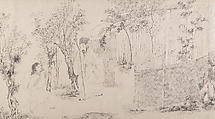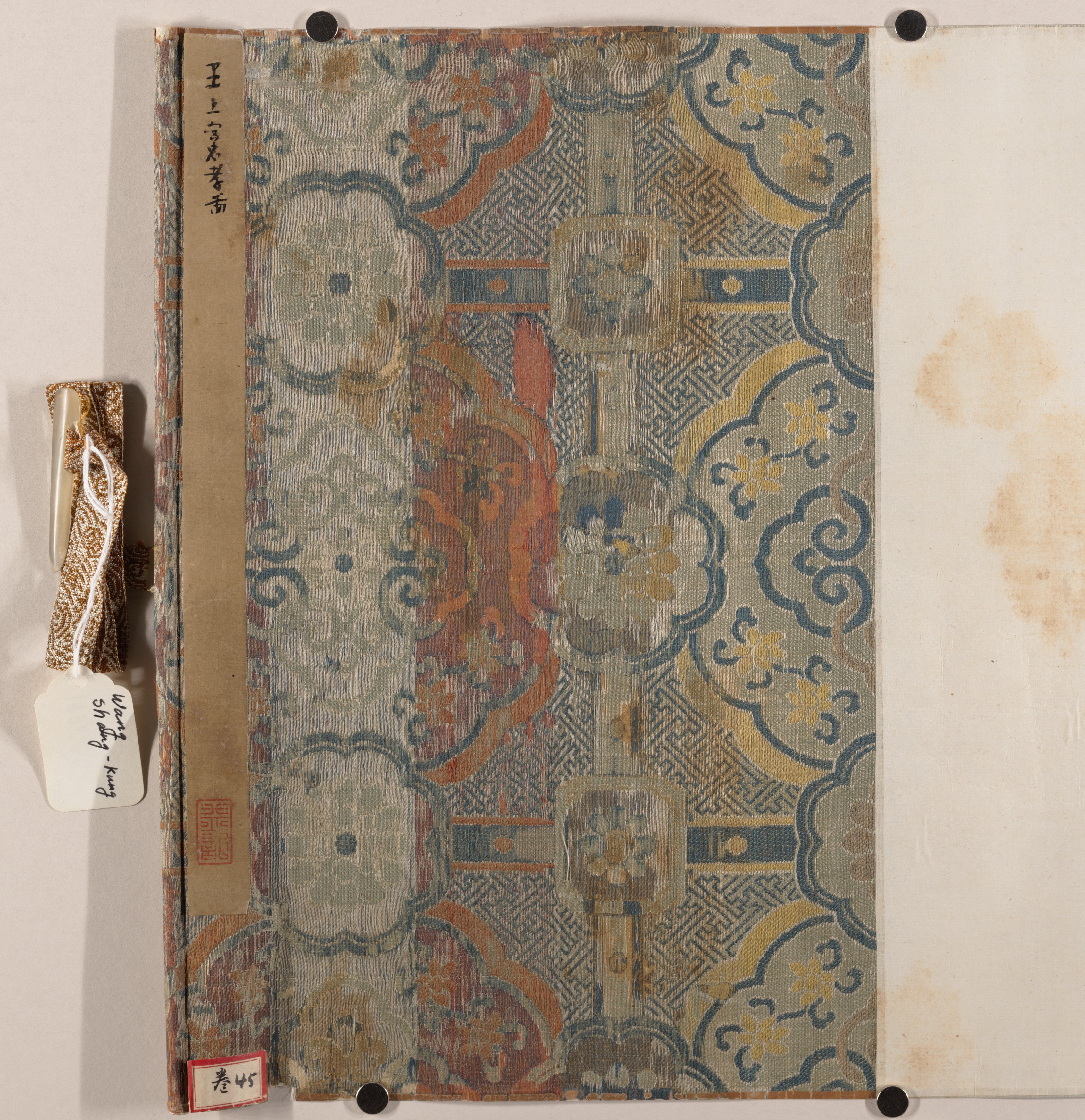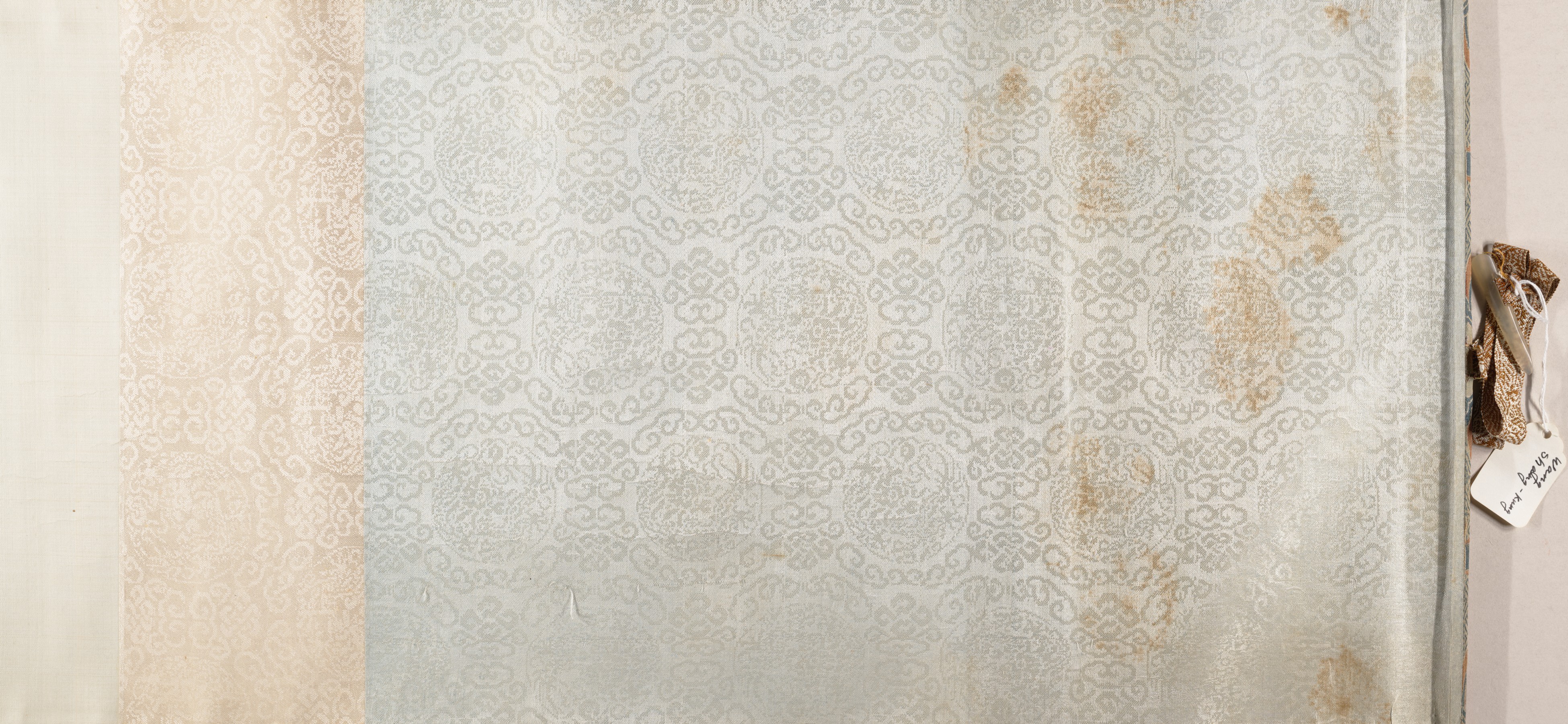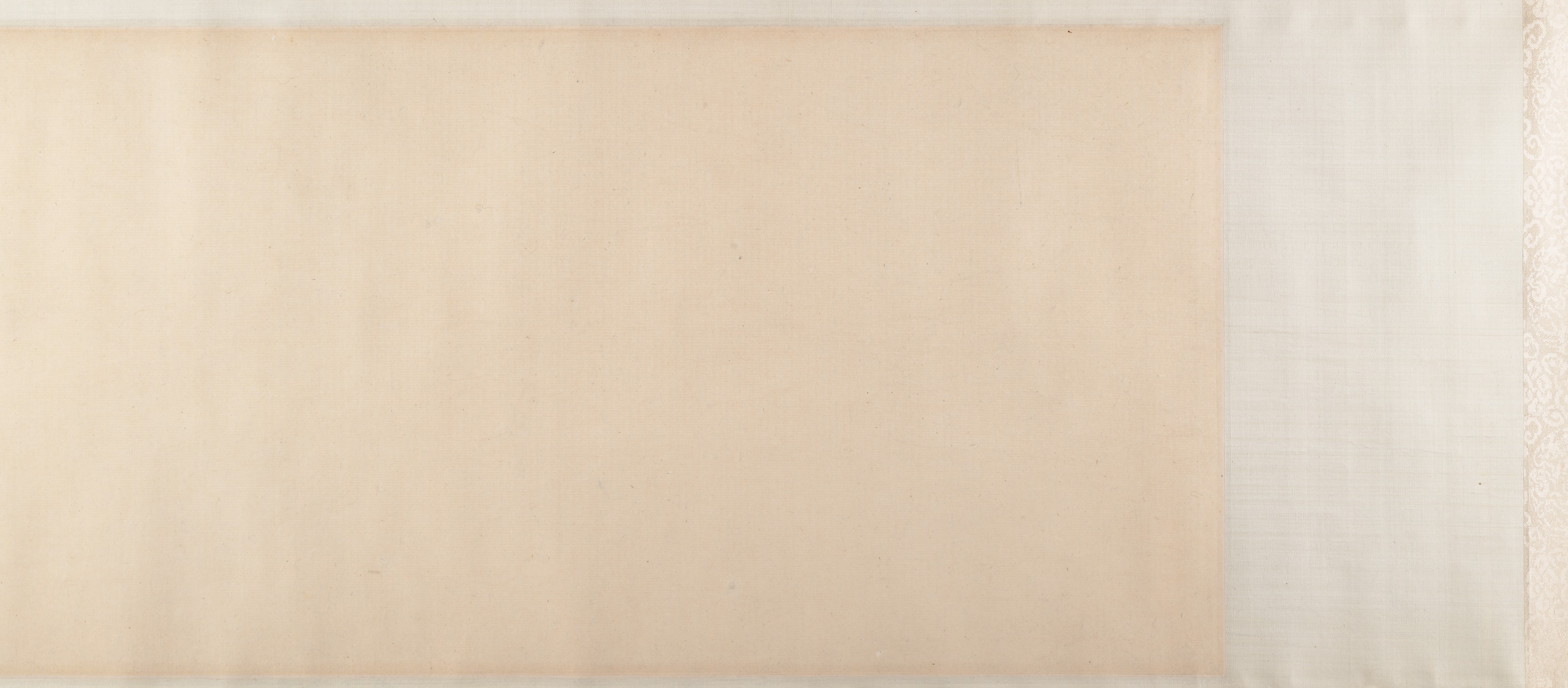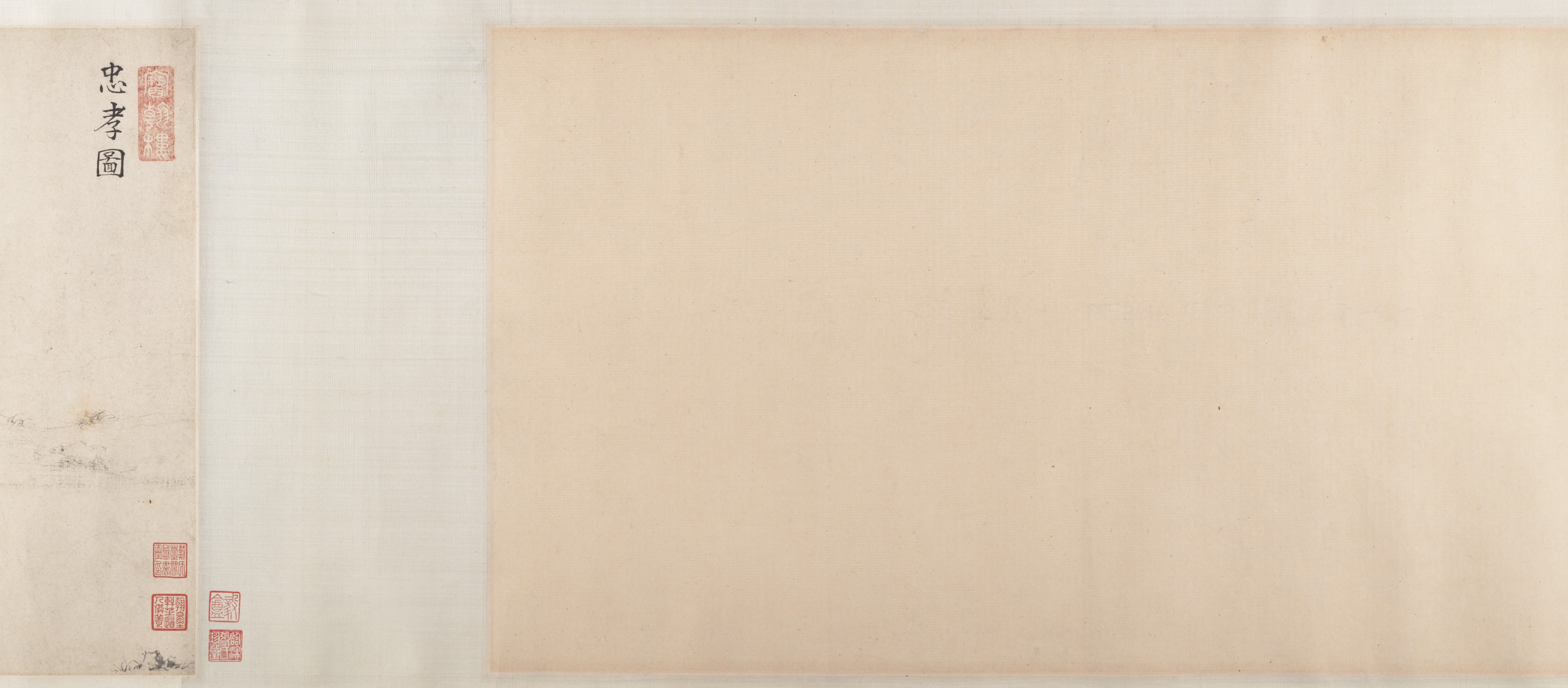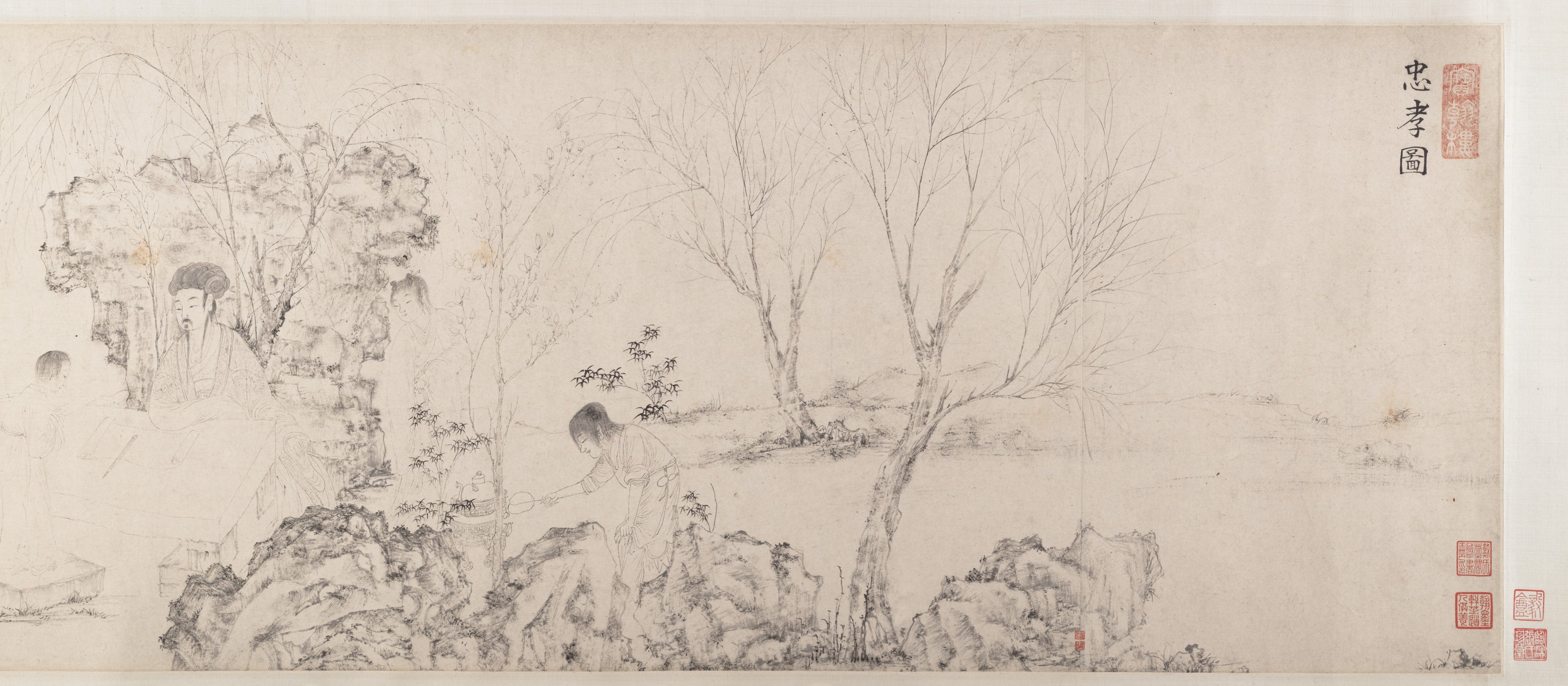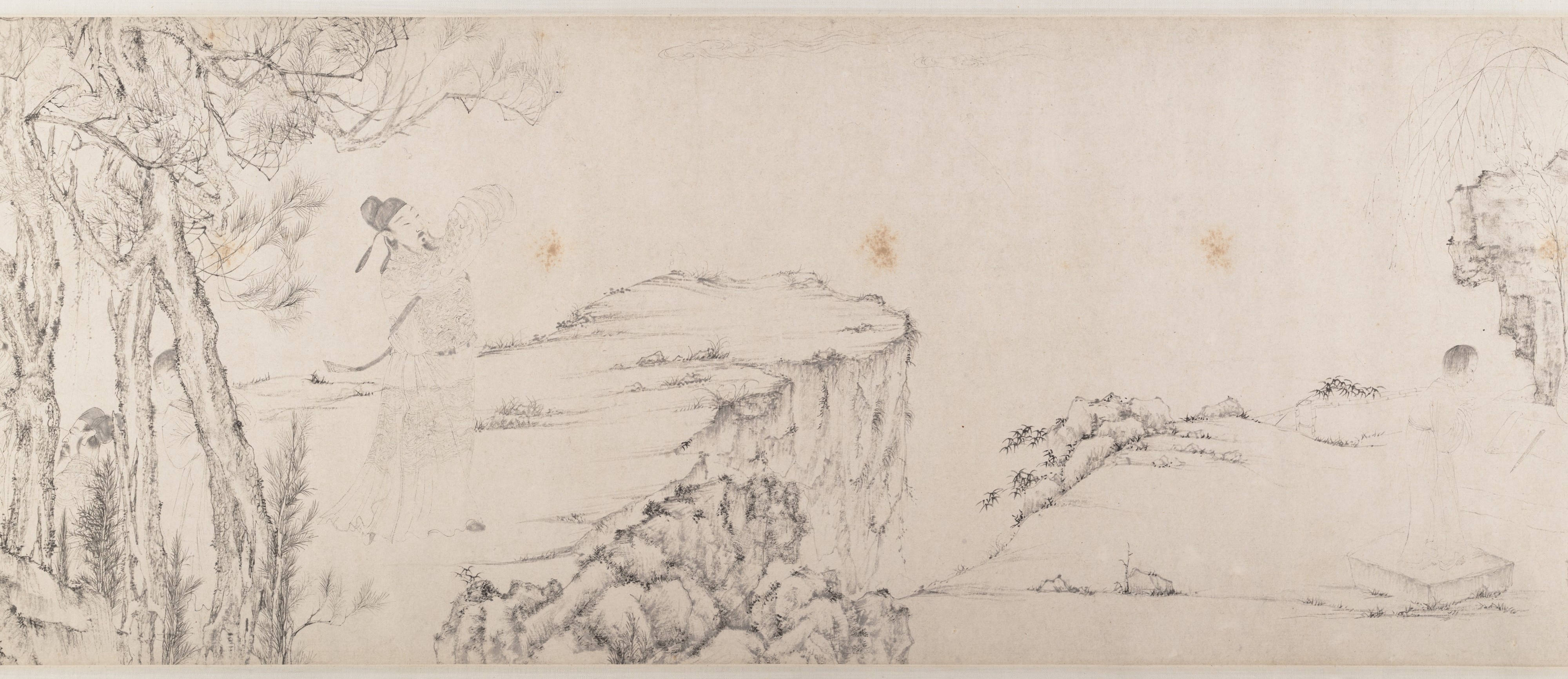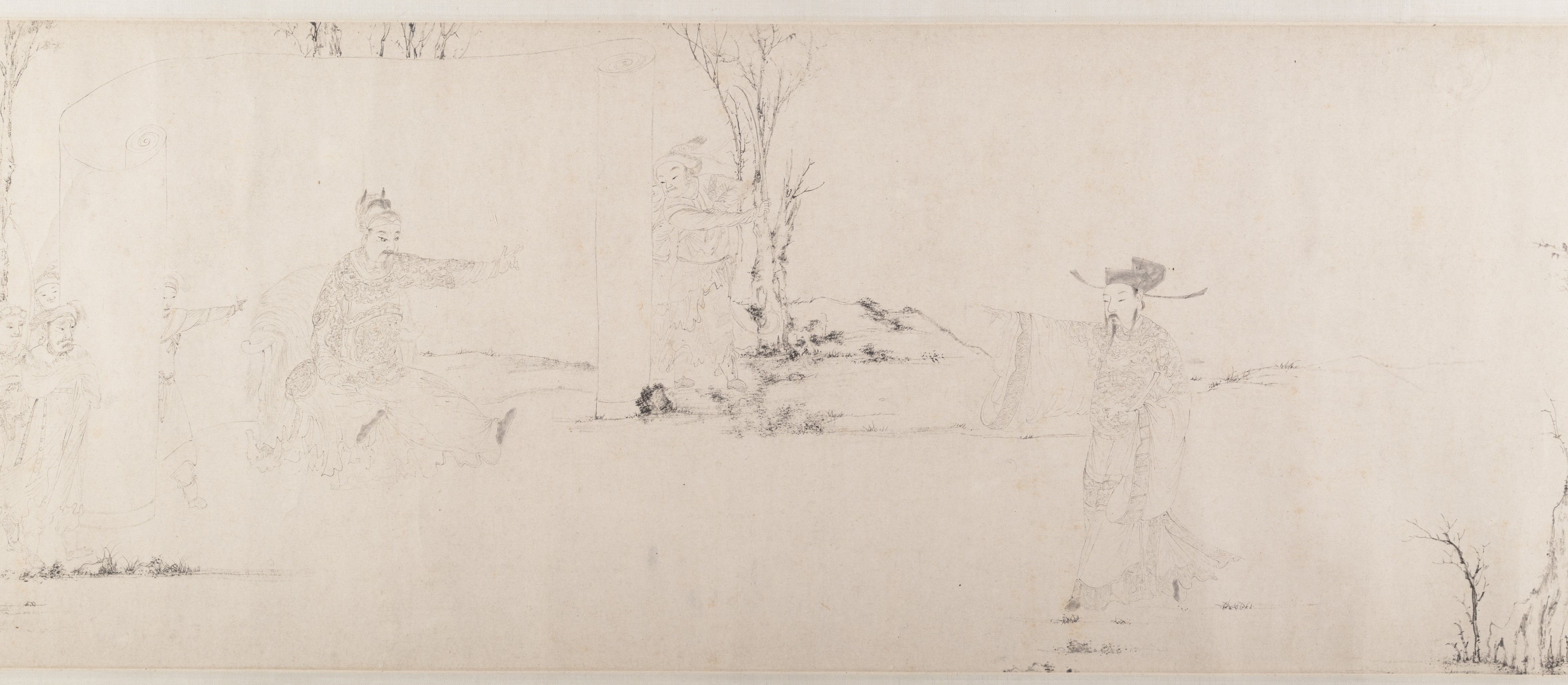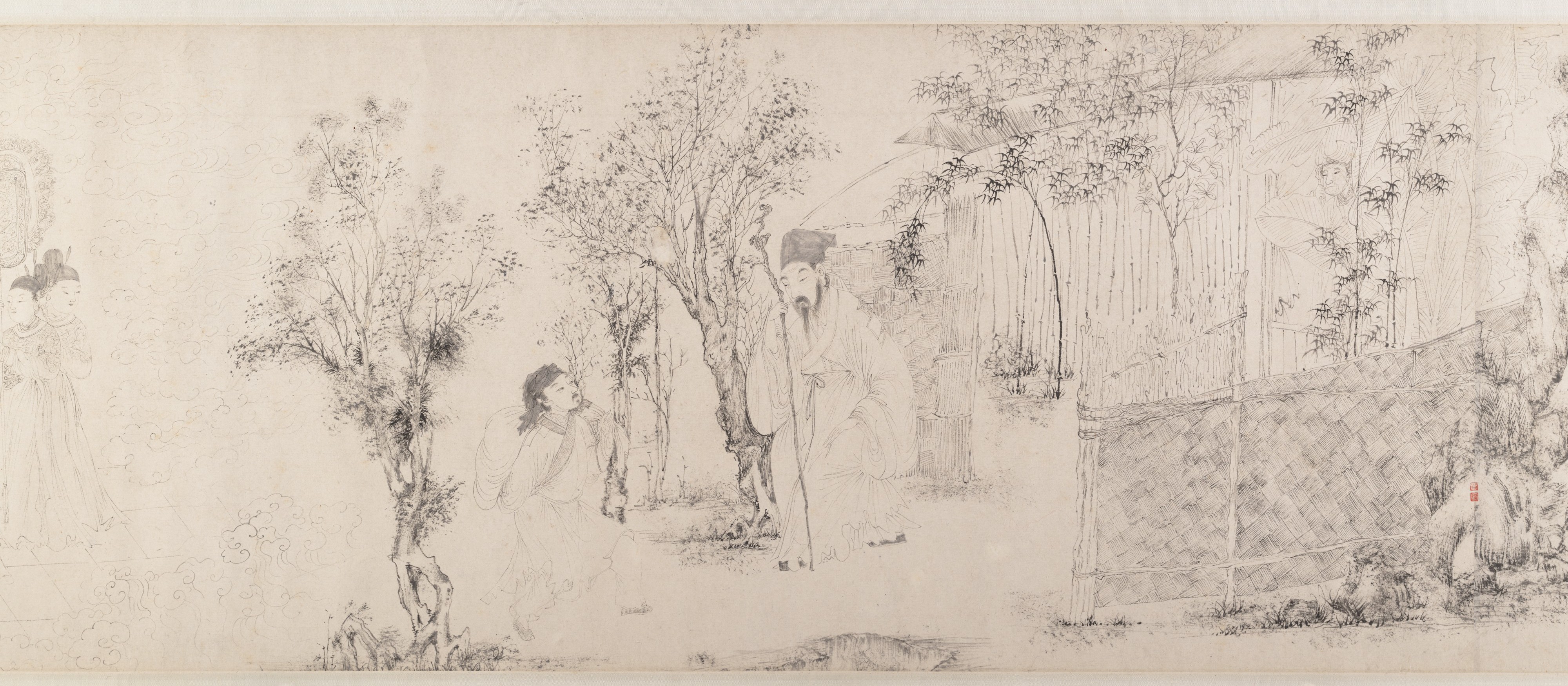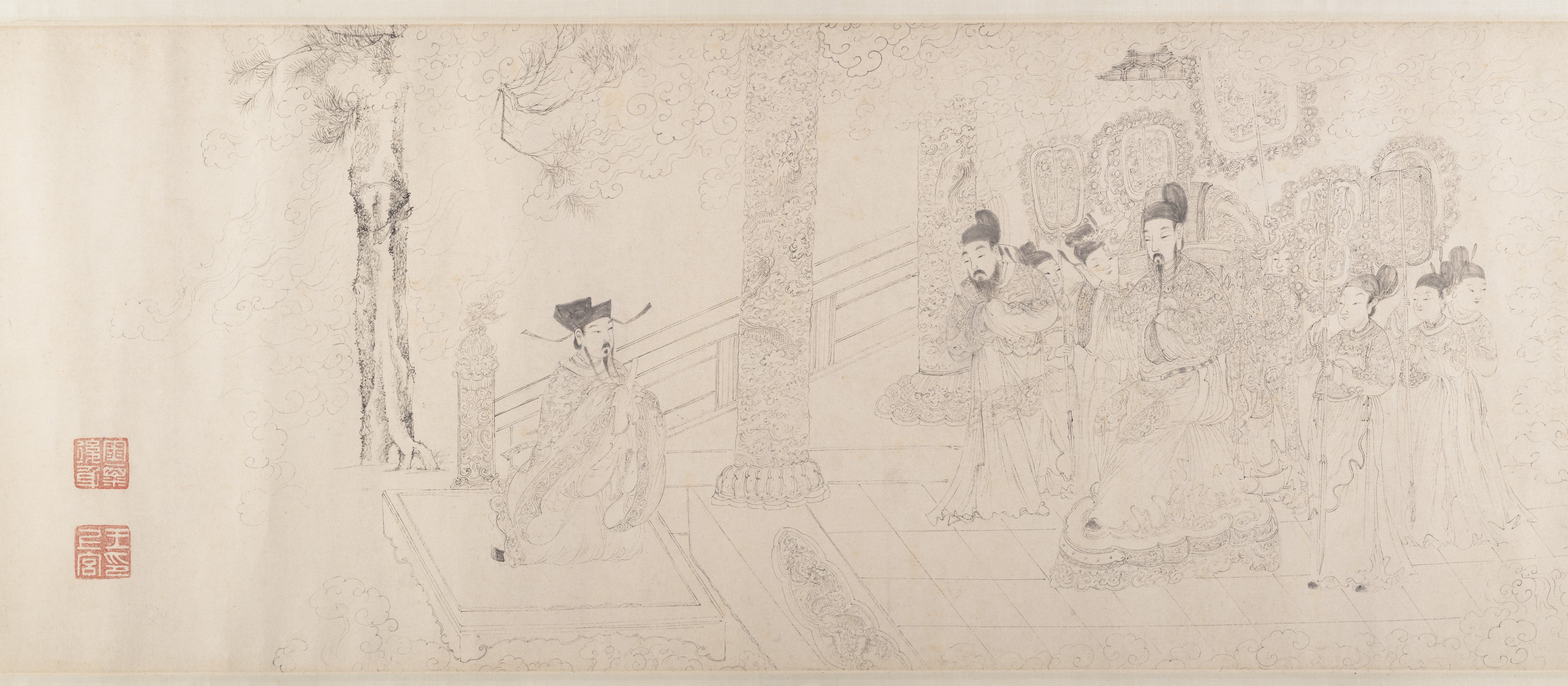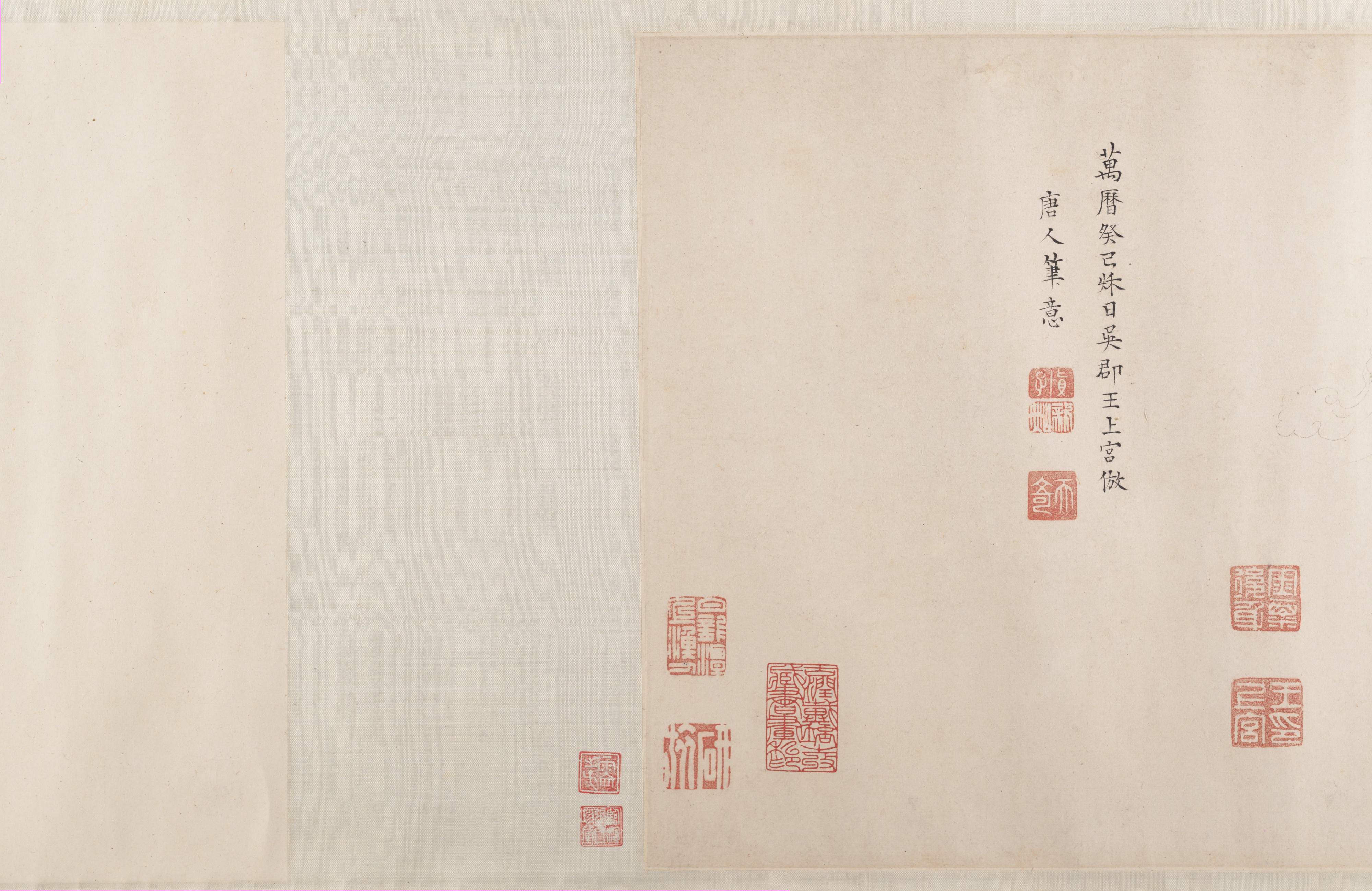Paragons of Loyalty and Filial Piety
Wang Shanggong Chinese
Not on view
Illustrations of historical paragons of piety and loyalty have been an important method of transmitting those virtues since at least the Han dynasty (206 B.C.–A.D. 220). In the eleventh century, the scholar-artist Li Gonglin (ca. 1041–1106) gave new meaning to this tradition with his Classic of Filial Piety, in which simple monochrome drawings not only illustrate the text but also present subtle commentaries on contemporary society. In this painting, Wang Shanggong, a little-known artist from Suzhou, reinvigorated the role of artist as social critic by reviving the Li Gonglin tradition in both subject matter and style. Living under the rule of the Wanli emperor (r. 1573–1620), who refused to come to court for the last twenty-five years of his reign, Wang presented interpretations of important themes, such as officials admonishing their ruler and the emperor receiving his ministers, which must have held particular significance for his contemporaries. Wang's extraordinarily fine baimiao (plain-drawing) style was inspired by the monochrome drawing method of Li Gonglin but attained a new level of gossamer thinness and delicacy that anticipates the stylistic innovations of such better-known late sixteenth- and early seventeenth-century artists as Ding Yunpeng, Wu Bin, and Chen Hongshou.
#7634. Paragons of Loyalty and Filial Piety
Due to rights restrictions, this image cannot be enlarged, viewed at full screen, or downloaded.
This artwork is meant to be viewed from right to left. Scroll left to view more.
